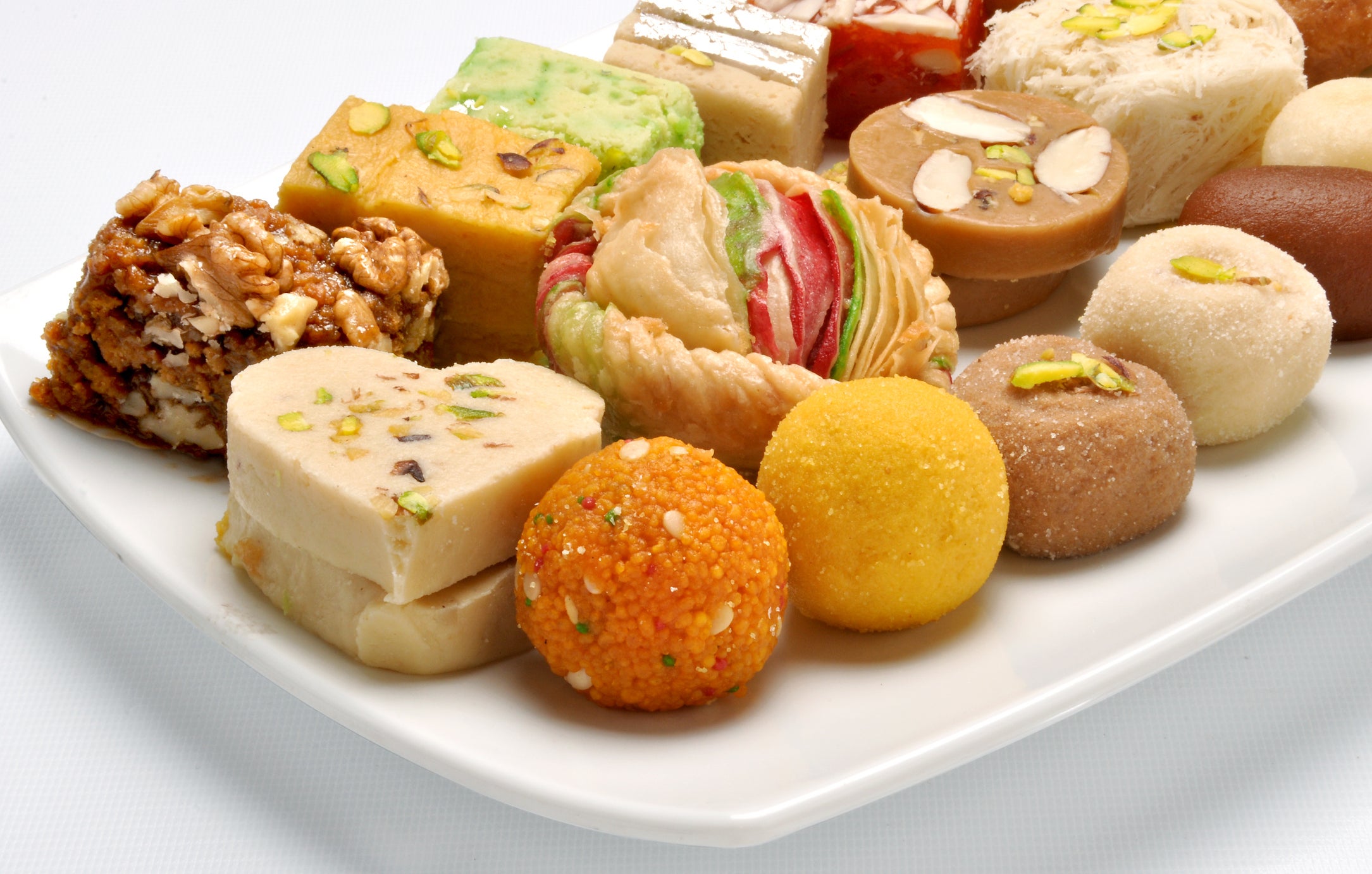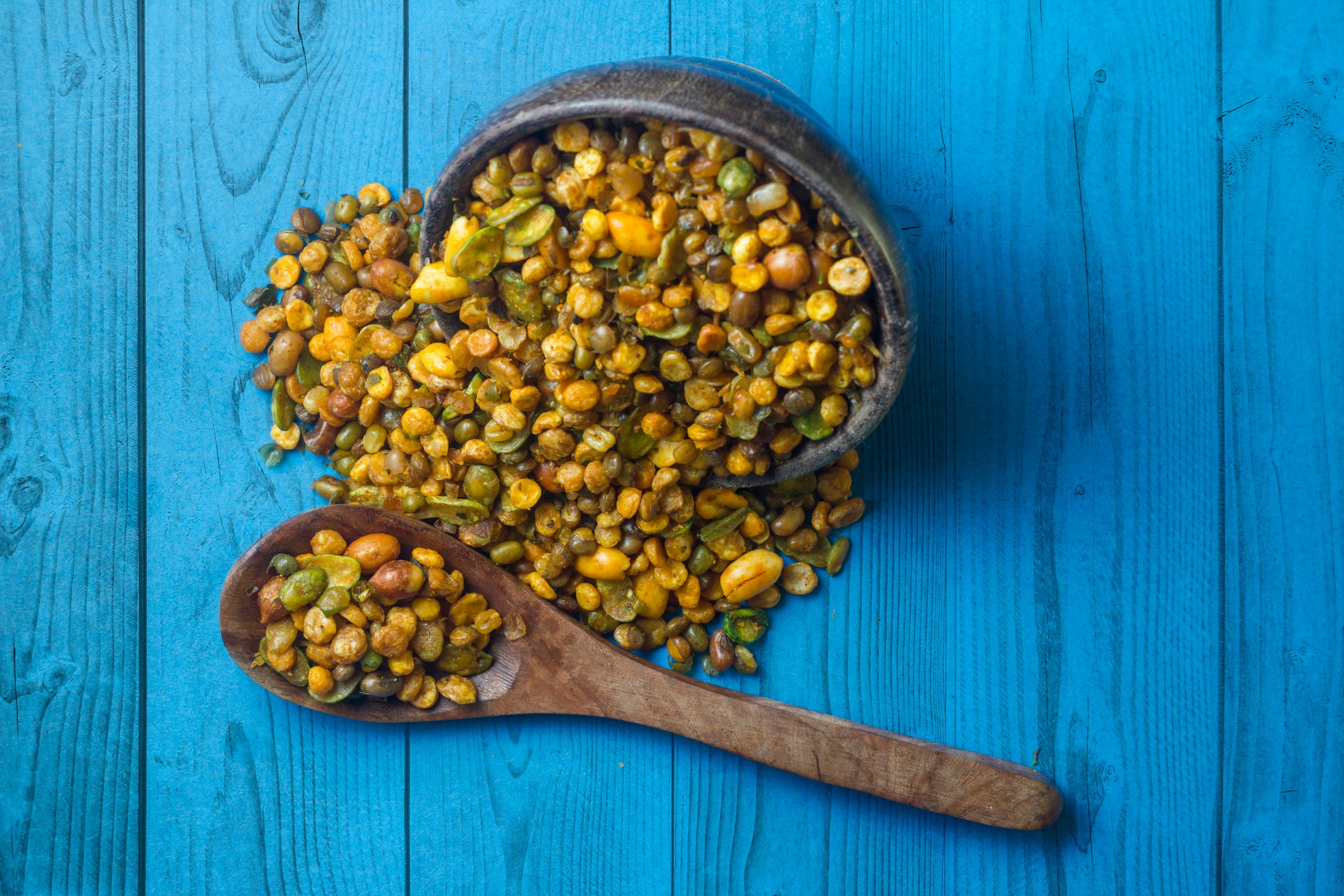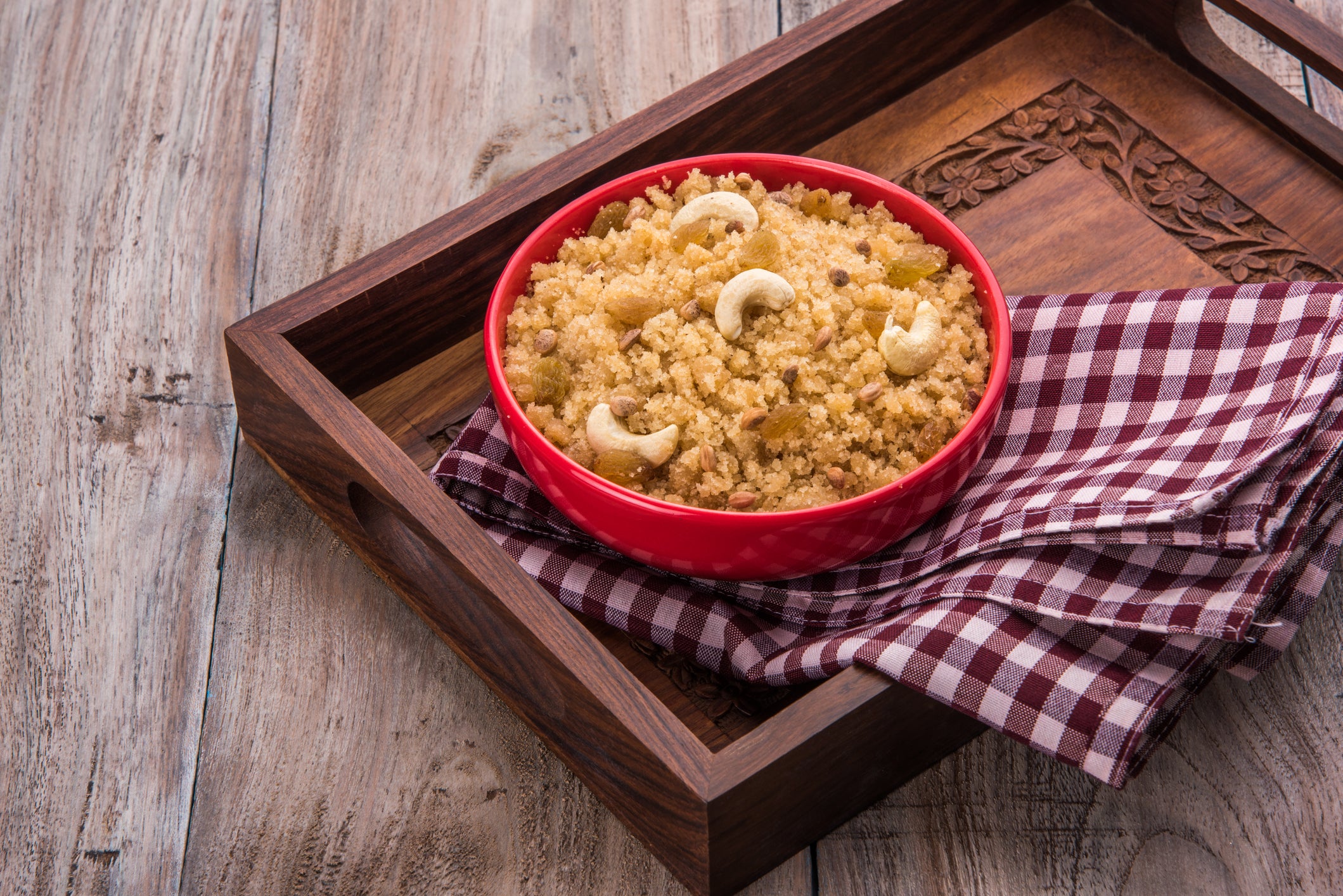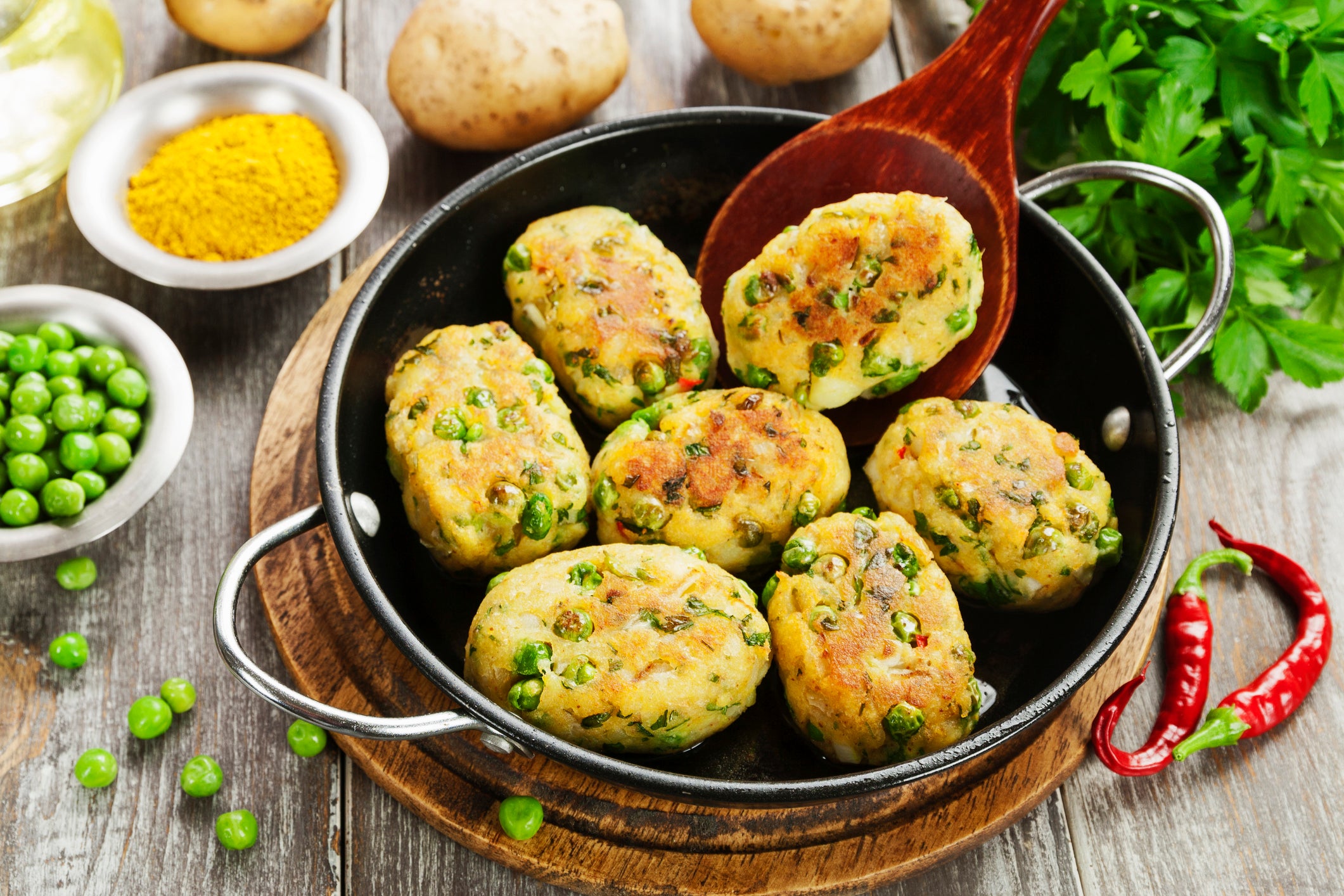Diwali 2024: The symbolic foods eaten during the Festival of Lights
This year, Diwali falls on Thursday 31 October and will last for five days

Your support helps us to tell the story
From reproductive rights to climate change to Big Tech, The Independent is on the ground when the story is developing. Whether it's investigating the financials of Elon Musk's pro-Trump PAC or producing our latest documentary, 'The A Word', which shines a light on the American women fighting for reproductive rights, we know how important it is to parse out the facts from the messaging.
At such a critical moment in US history, we need reporters on the ground. Your donation allows us to keep sending journalists to speak to both sides of the story.
The Independent is trusted by Americans across the entire political spectrum. And unlike many other quality news outlets, we choose not to lock Americans out of our reporting and analysis with paywalls. We believe quality journalism should be available to everyone, paid for by those who can afford it.
Your support makes all the difference.Diwali, the festival lights, sees millions of people attend events across the world every autumn to celebrate the triumph of good over evil.
Celebrated by Hindus, Sikhs and Jains, Diwali is one of the most significant festivals in Indian culture and calls for a number of traditional dishes.
From the popular sweet treats to the savoury main meals, here are some of the key foods eaten over the course of the five-day celebration, which this year begins on Tuesday 29 October.
Mithai

South Asian sweets and desserts are called mithai and are a staple part of Diwali celebrations.
Many of the treats are fried foods made from sugar, chickpea flour and condensed milk.
They vary between regions but common ones include balushahi, which are a bit like doughnuts, laddoos and barfis.
They can be eaten alongside savoury items or eaten alone as a snack.
It is custom to exchange decorated boxes of mithai among family and friends during Diwali.
Chivda

Snacks are a fundamental part of the Diwali menu and many of them come in the form of chivda, a spiced Bombay mix that consists of a variety of dried ingredients, such as peanuts, chickpeas, fried onion and fried lentils.
Sometimes, it’s eaten as part of a meal but most of the time it’s enjoyed on its own as a snack.
Lapsi Halwa

This sweet dish is often eaten on the very first day of Diwali and is made from large-grain cracked wheat, which is then cooked with ghee and sweetened with sugar and cardamom powder.
It’s incredibly popular and is often served with a yardlong bean curry, as the beans are thought to represent longevity.
Aloo Tikki

These small, fried patties are made from shredded potatoes and are usually served alongside regional sauces, such as mint sauce or tamarind sauce.
They look and taste a bit like potato pancakes and are usually crispy on the outside and soft on the inside, making them an irresistible traditional Indian delicacy.
Samosas

Though they’re eaten all year round, samosas peak in popularity around Diwali.
The fried pockets of pastry usually come in the shape of a triangle and are stuffed with either mince meat, lentils or vegetables.
Because Diwali is all about celebrating the sweetness of life, special sweet versions are often made to mark the festival, containing ingredients such as coconut, cardamom and of course, sugar.

Join our commenting forum
Join thought-provoking conversations, follow other Independent readers and see their replies
Comments